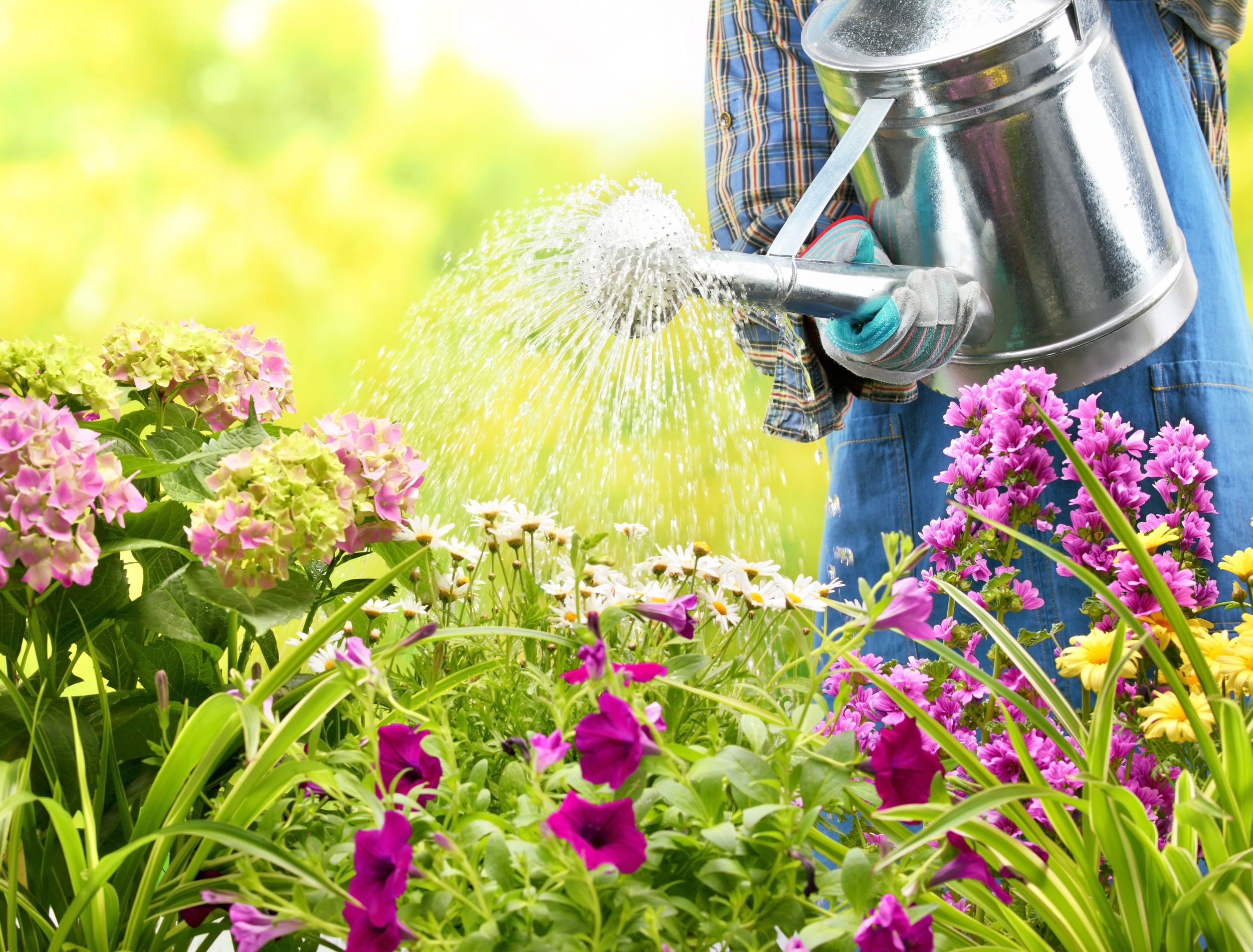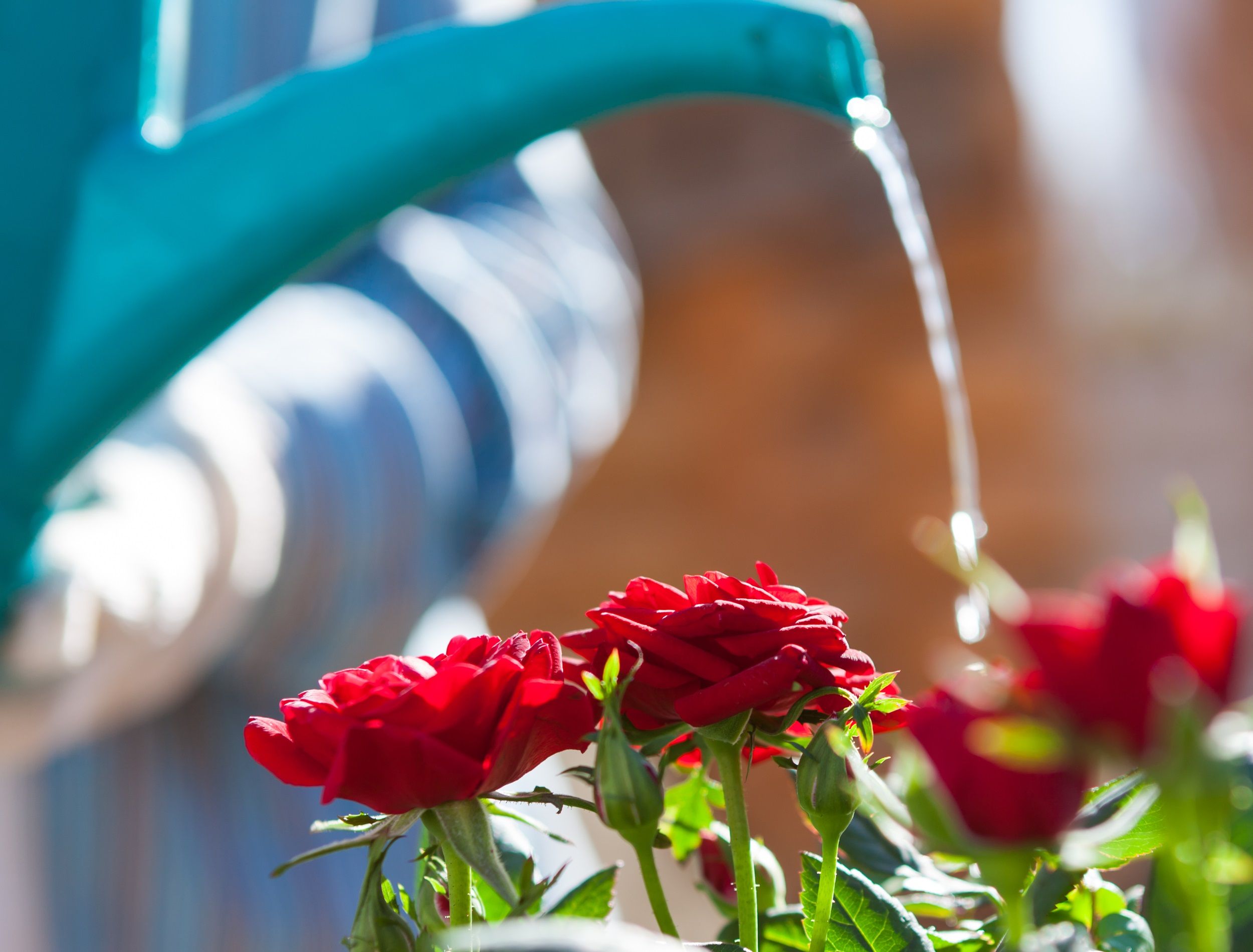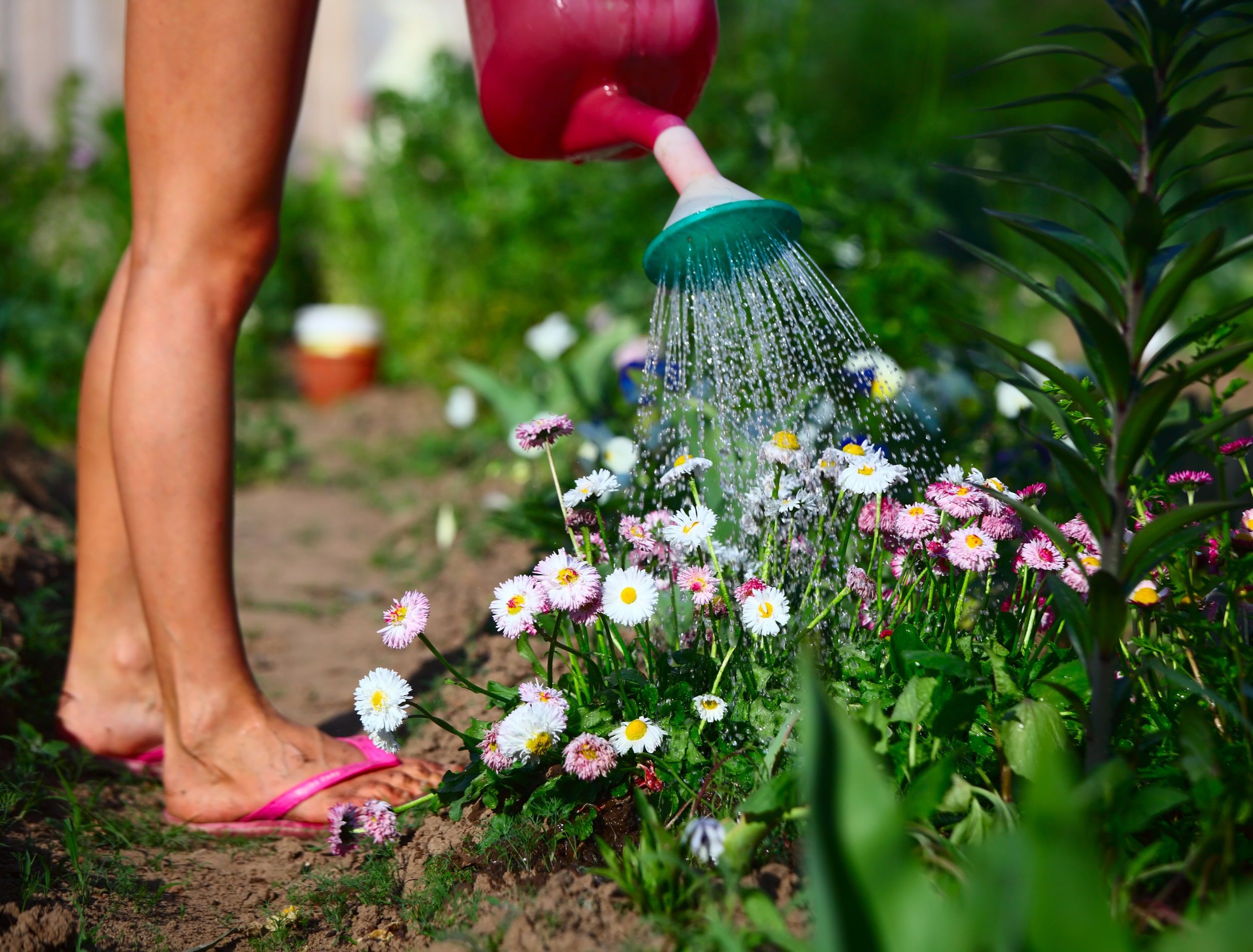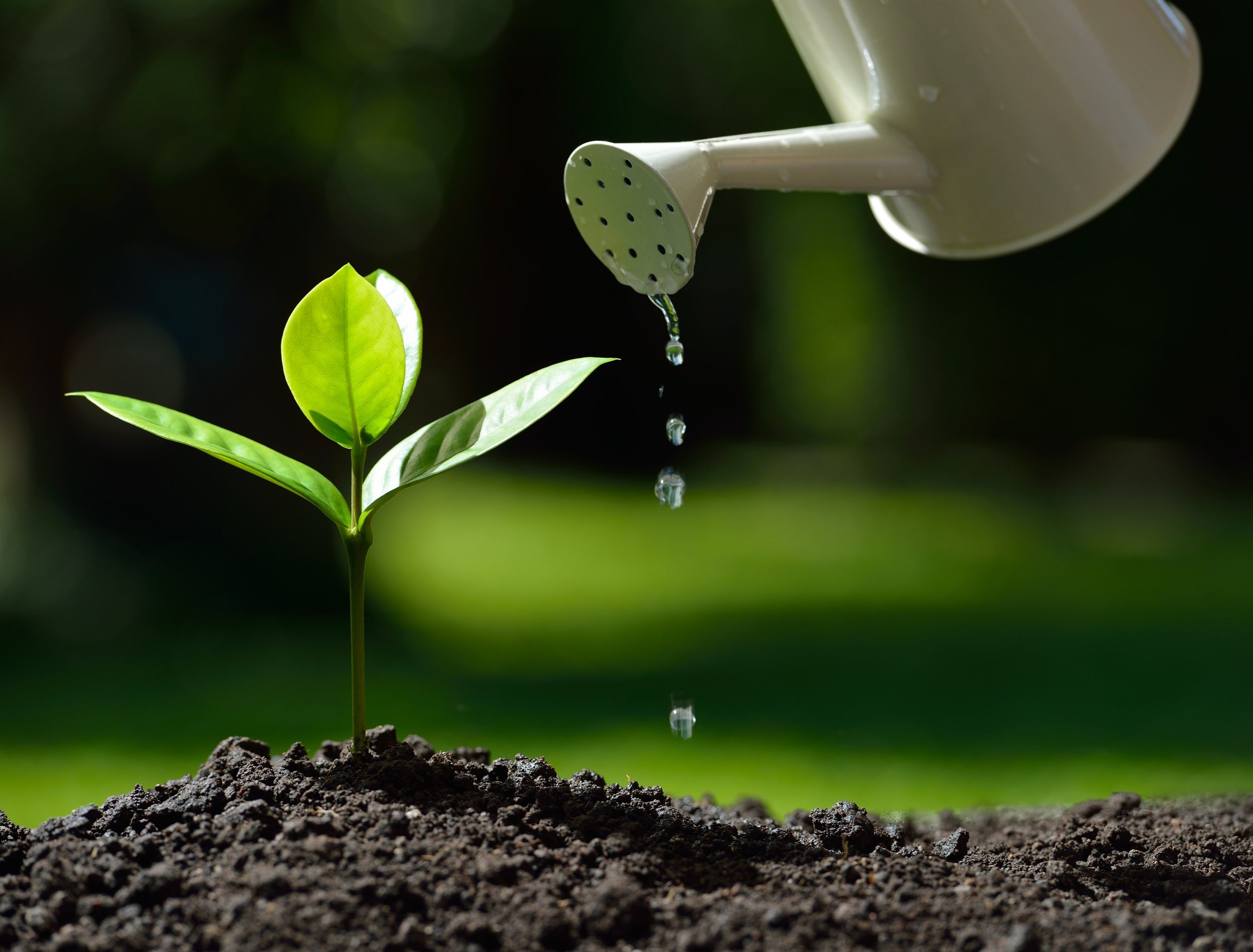Knowing how to water your plants is important in successfully growing them and having them thrive. The question that's on everyone's mind and gardeners alike is, "Is it better to water your plants from the top or bottom?" Below is all the information you need to know about watering your plants.
About Watering Your Plants
Image credit: Luca9257 via Shutterstock
Water is one of a few things that all plants need, but watering your plants incorrectly can damage or even kill them. The first thing you need to know when watering your plants is that you should do it in the morning. If you water your plants in the morning when it is cooler outside, your plant has a better chance of soaking everything up. By following this easy step that water has a bigger chance of reaching the roots before the heat dries it up.
However, make sure you don't overwater your plants. Roots are the primary source of intake for water, food, and oxygen. While the roots of a plant take up water, they also need air to breathe.
Overwatering, in simple terms, drowns your plant - this can also lead to root rot. When watering your plants, it's always best to use a watering can and check to see if the soil is dry or moist before you drench your plant. If the soil is dry about an inch deep, it's time to give your plants a drink. On the other hand, if that soil is moist, wait a little longer.
Watering From The Top
Image credit: Dudarev Mikhail via Shutterstock
Watering from the top is when you hold your watering can over your plants and let the water pour out onto the leaves, blooms, and all. When you do this, water will start to gather on the leaves or inside of the flowers. After some time, the water will weigh down the leaves and flowers, causing your plants to wilt, or even worse, eventually kill them.
Also, when you water from the top, it's hard to tell if the roots are getting enough water. The water will not "pool" around the base of the plant because the leaves and flowers catch the majority of it. And, a lot of the time water will dry up before it can get to the roots.
However, there are some advantages to watering from the top. If you have a pest infestation watering from the top can help wash away all the bugs.
Watering From The Bottom
Image credit: amenic181 via Shutterstock
To water your plants from the bottom, you need to pour the water at the base of the plant. When you do this, you avoid getting the stems, flowers, and leaves covered in water, and you make sure the roots of the plant are getting a proper watering. It may take a bit longer this way because you don't want to water them quickly and risk drowning them. You should pour water and let it sink into the soil. This gives you a better idea of when to stop because the water will no longer sink into the soil any longer.
Bottom watering your plants also helps with pest control. The soil will always absorb most of the water and will not pool at the base. This dry layer of soil helps you to keep insects, fungi, and other pests away from your plant. Pests are generally attracted to moisture and thrive in a warmer environment. When you water your plant from the bottom, you make the plant less inviting for pests.
Be careful when watering from the bottom because it also has its disadvantages. An issue with bottom watering is that you can never drain any salts from your soil properly. When you water your plant from the top, you also drain leftover salts from fertilizer to the bottom and away from your plant.
Every Plant Needs Water
Image credits: zlikovec via Canva
Plants, flowers, and shrubs do best when they get at least one inch of water per week although they may need more during hot, dry seasons. Rain isn’t always sufficient at supplying enough water for plants to thrive, so don’t count on it to keep plants healthy. Getting a water gauge for your garden is a great way to monitor the amount of weekly rainfall. If the garden gets less than one inch of rain, you will know your plants need to be watered.
Which Will You Choose?
Watering your plant from the bottom does have more positive benefits for your plants. It helps prevent overwatering, ensures water makes it to the roots, and does not damage the plant's stems, flowers, and leaves, with only a few negatives. So, it would go without saying that watering from the bottom is better for your plants just more time-consuming for you gardeners.
With that being said, you shouldn't only water your plants from the bottom because you need to drain away the salts left behind by your fertilizer. It may not be the better way to water, but it does serve a purpose.
Did you enjoy this article? If so, remember to share with your friends and leave us a comment down below!





